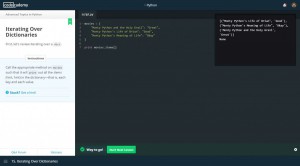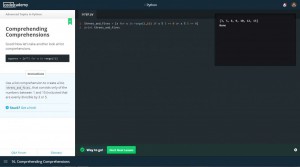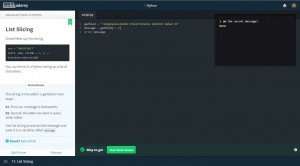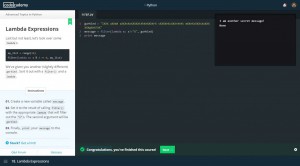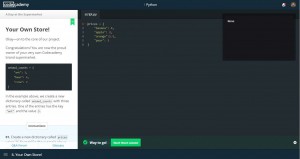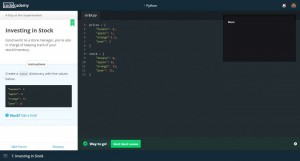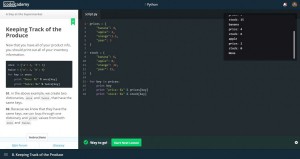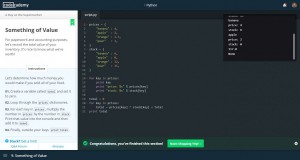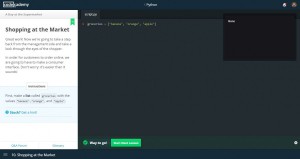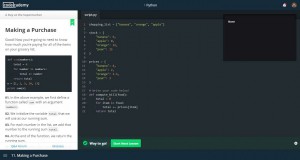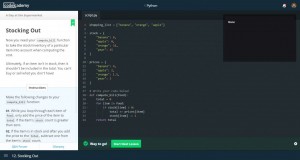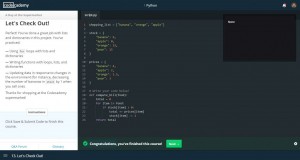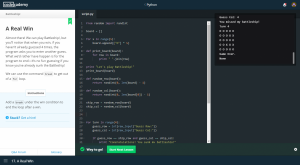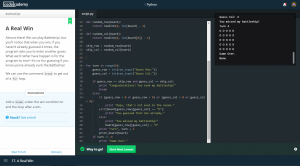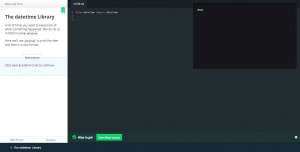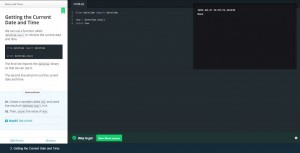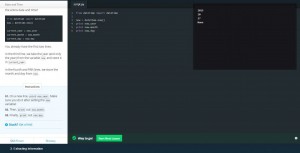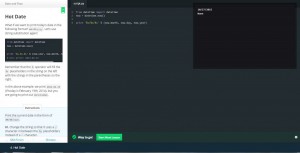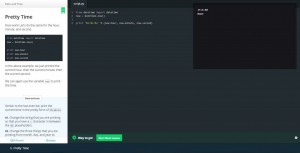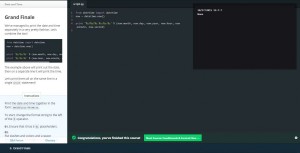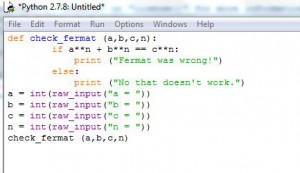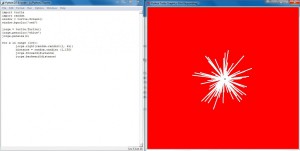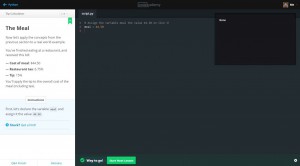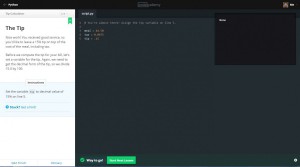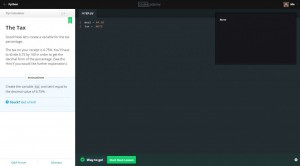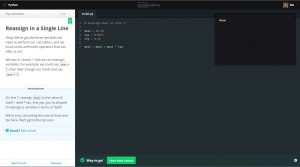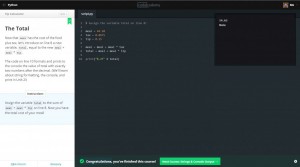Lab: Review (Advanced Topics in Python) (December 1, 2015)
Lab: A Day at the Supermarket (November 24, 2015)
This lab introduced us to dictionaries, and also the concept that lists can be contained within dictionaries.
Lab: Battleship (Assigned Nov. 17th, due Nov. 24th)
This lab helped us learn how to incorporate everything we have learned such as lists, functions, and loops to create a game of battleship. What I found particularly challenging was finding where some certain if and else statements belonged in the code (sequence wise).
Lab: Date & Time (October 27 ,2015)
Lab: Fruitful Functions (October 20, 2015)
In this lab, we were required to use Python in order to put to the test Fermat’s Last Theorem. We had to define functions, set variables, and use if & else statements in order to make it work. What was most challenging about this lab was actually incorporating the raw_input function in order to enable the user to enter digits manually. I was confused on how the function was supposed to be integrated into the code.
Lab: Turtle Blast (September 29, 2015)
This lab makes us practice using the turtle and random modules in order to create a figure using Python. This lab was a bit confusing especially when trying to integrate the random module and the degrees into the code. However, everything else was easy to understand, such as how to code the directions the “turtle” should take, as well as naming the “turtle” as well.
Lab: Introduction to Python
This lab introduces us to Python by introducing its basic concepts while also making us practice in order to become familiarized with the program. We are taught how to assign a variable to a certain value by using an “=” sign, which DOES NOT mean equal to in this case. We are taught how to make comments in our code, use mathematics to achieve results, while also trying to keep our code error free.
This lab helped me get used to how things work in Python. It also established to me the idea that I have to stop seeing the “=” as equal to when it comes to coding, since that is simply not the case. It starts off simple yet as I went further it seemed easy but some steps had tricks. This lab also helped me to merge coding and mathematics. The remainder aspect of the tip calculator confused me a bit, since I’m used to seeing the percent symbol as meaning just that, percent, not the remainder of a mathematical problem.

